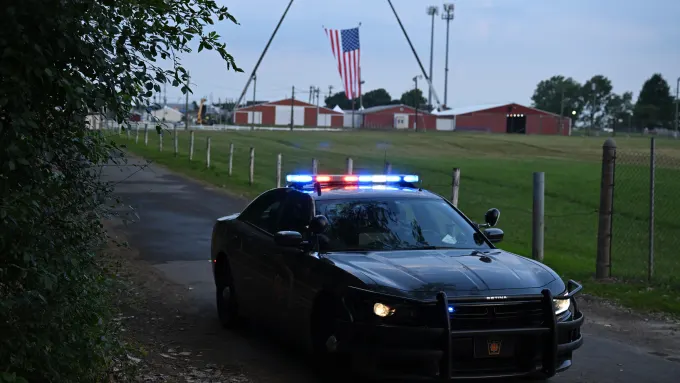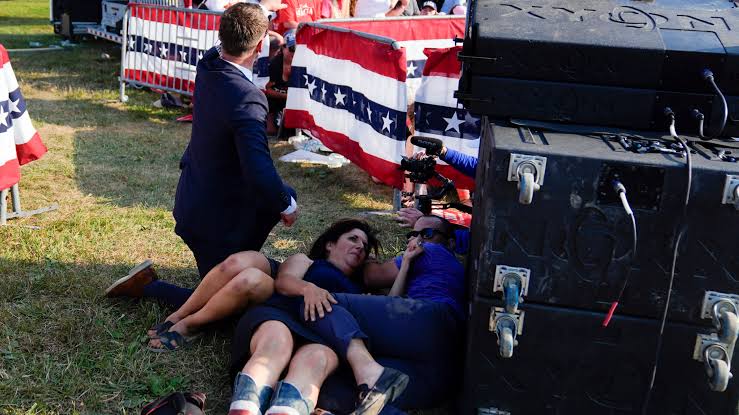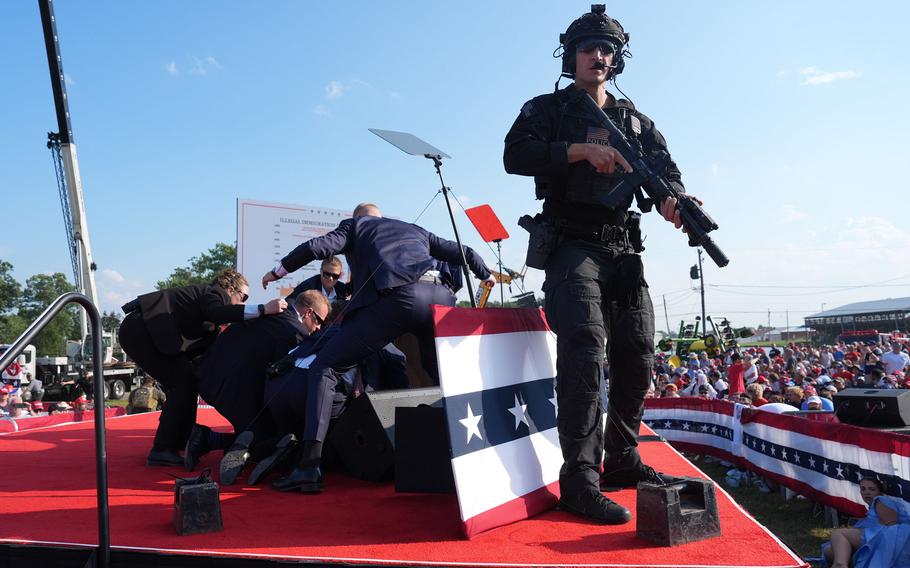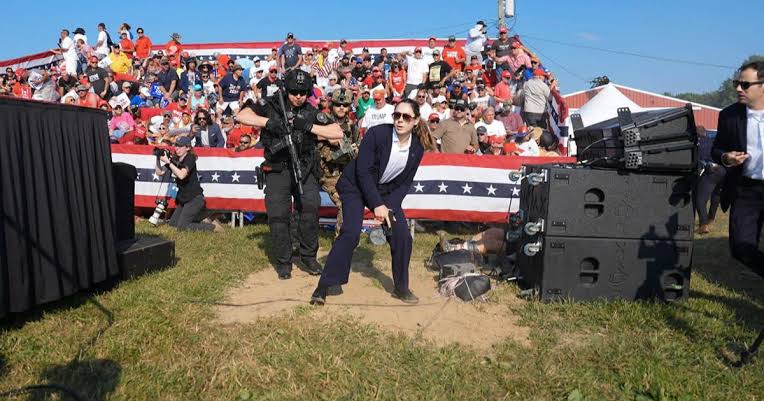How the ATF Identified the Trump Rally Shooter in Just 30 Minutes
Law enforcement agents initially faced significant challenges as they attempted to identify the shooter at a recent Trump rally, later identified as Thomas Matthew Crooks. Crooks, who was shot by Secret Service agents, was not carrying any identification at the time. However, he was in possession of an AR-style rifle, the weapon used in the deadly shooting.
The Bureau of Alcohol, Tobacco, Firearms, and Explosives (ATF) analysts at their facility in West Virginia played a crucial role in identifying Crooks. These analysts search through millions of documents by hand every day to trace the origins of firearms used in crimes. Typically, this process takes around eight days, but for urgent cases, the average time drops to 24 hours.

In this particular case, the urgency of the situation required immediate action. The ATF analysts sprang into action, utilizing their extensive firearms tracing system to quickly track down the origin of the AR-style rifle. This system has been invaluable in numerous high-profile and time-sensitive investigations.
For instance, after the Highland Park, Illinois, mass shooting in July 2022, police used the ATF tracing system on a firearm left at the scene to identify the shooter. Similarly, in Monterey Park, California, police identified the man who shot and killed 11 people by tracing a firearm that bystanders had wrestled away from him.

The firearms tracing system is a powerful tool in the ATF’s arsenal. Brian Gallagher, a former supervisor at the ATF Philadelphia field division, described the system as “invaluable” in an interview with CNN. This system enables law enforcement agencies to quickly gather crucial information about firearms used in crimes, helping to identify perpetrators and bring them to justice.
In the case of Thomas Matthew Crooks, the ATF analysts were able to trace the AR-style rifle to its origin in just 30 minutes. This rapid identification was made possible by the dedicated efforts of the analysts and the efficiency of the tracing system. By analyzing the serial number and other identifying features of the firearm, they were able to match it to previous records and quickly pinpoint its provenance.

The ability to trace firearms so swiftly is a testament to the ATF’s meticulous record-keeping and the dedication of its analysts. Every day, these analysts sift through millions of documents, ensuring that they can provide accurate and timely information when it is needed most. Their work is essential in helping law enforcement agencies respond to and solve crimes involving firearms.
The case of Thomas Matthew Crooks highlights the importance of the ATF’s firearms tracing system in modern law enforcement. Without this system, identifying the shooter would have taken much longer, potentially hindering the investigation and delaying justice. The swift identification of Crooks allowed law enforcement to quickly piece together the events leading up to the shooting and understand the context of the crime.

As law enforcement agencies continue to face challenges in identifying perpetrators and solving crimes, the ATF’s firearms tracing system remains a crucial asset. The rapid identification of the Trump rally shooter is just one example of how this system can make a significant difference in high-pressure, time-sensitive situations.
In conclusion, the ATF’s ability to identify the Trump rally shooter, Thomas Matthew Crooks, in just 30 minutes demonstrates the effectiveness and importance of their firearms tracing system. This system, supported by the diligent efforts of ATF analysts, plays a vital role in modern law enforcement, helping to solve crimes quickly and efficiently.